Year 2015 is proving to be miserable shock for India’s agrarian industry. The western disturbances have never been unpredictable and unseasonal. The nation has witnessed the highest rainfall on record during the past five years. The crisis is heading towards a dark future for farmers and cultivators.
There are reports of farmers committing suicide after seeing their crop in ruin. According to statistics released by the Ministry of Agriculture, about 11 million hectares of land that accounts for nearly one-fifth of the rabi crops in the country is damaged due to unseasonal and excess rains and hailstorms so far.
Moreover, weather forecast has no good news for rain-hit farmers as the unseasonal rains refuse to stop from wrecking havoc at crop output, hinting at a clear agrarian crisis.
Rabi crop damage
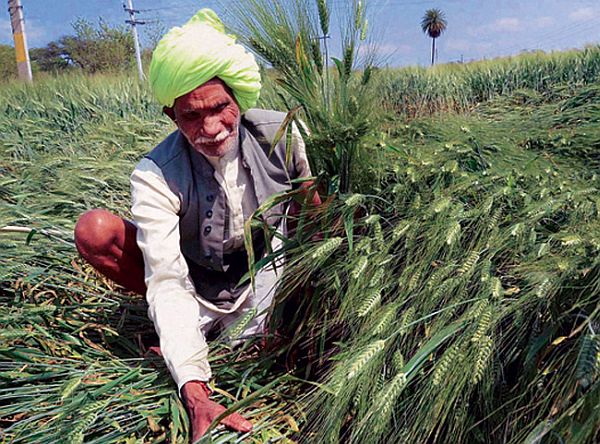
Image Source : InToday.In
An uncertain pattern of Western disturbances has destroyed rabi crops on 30,000 hectares. This damage is likely to cause two percent decline in an overall output of rabi crops. The wheat crop is hit by unseasonal rains, hailstorms, and high velocity winds when it was ready to be reaped.
Poor weather did not offer farmers much time to harvest crops timely, resulting in a damage of over 62 lakh hectares in wheat production.
Wheat import rises while farmers forced to sell discolored wheat below MSP
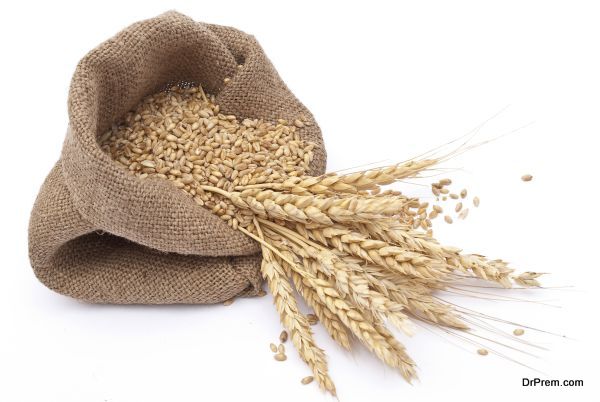
The global freight rates hit an all time low last month. On top of that, unseasonal rain caused a deterring effect on wheat crop; Indian flour millers reported an import of 70,000 – 80,000 tons of Australian wheat at $260-265 a ton shipment. The top high-protein wheat producing states, MP and Rajasthan, have suffered damage on a biblical scale. So, India is more interested in importing.
Meanwhile, farmers are forced to sell their discolored wheat crop below MSP. In UP, farmers sold their produce at a rate of Rs 1,250 per quintal against Rs 1,450 minimum support price announced last year.
30 percent mango crop hit in UP, growers not entitled for compensation
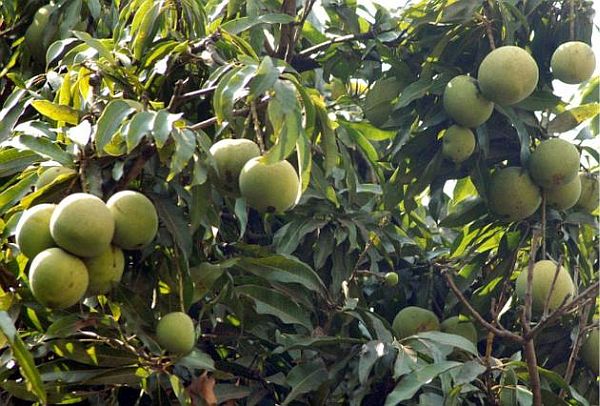
Image Source : TheHindu.Com
Utter Pradesh mango orchards are spread on about three lakh hectares of land with an annual output of 38-40 tons. About 30 percent mango crop, which was in its flowering state, has received a blow from unseasonal rains and hailstorms. And the irony is, unlike wheat farmers, there is no provision of compensation for mango growers.
Apple production in Himachal and J&K
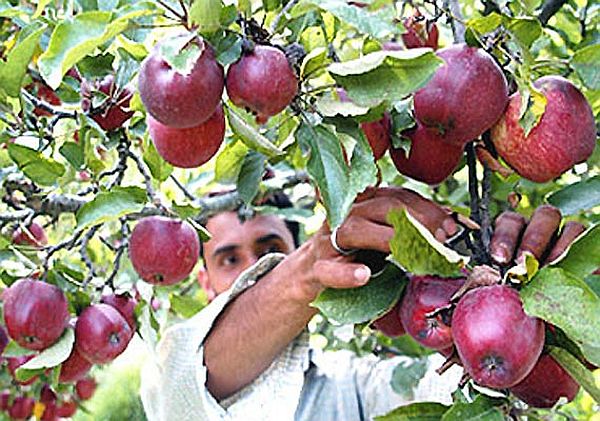
Image Source : IndiaTvNews.Com
Just like other northern states, Himachal Pradesh’s agrarian industry has suffered huge loss. Himachal is a major Apple producer with an annual economy of Rs. 3,500 crore. The apple crop was in flowering state while excess rainfall hit it. As compared to 866,000 tons in 2013-14, the overall production is expected to fall to an estimated 653,000 tons.
Vegetable prices
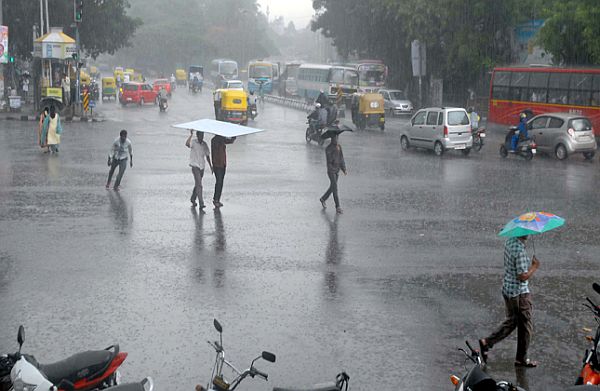
Image Source : IndiaTvNews.Com
Rabi crop damage includes vegetables, too. About 10 states have suffered a huge loss as an excess and unseasonal rain has ruined vegetable crops like tomatoes, cauliflower, coriander, etc. So far, an estimated price hike in vegetable market is at 20-25 percent. If the rainy weather continues, it can go higher than the expected price level.
Debt on farmers and high suicide rate

Image Source : IndianExpress.Com
A number of small farmers in major agrarian states like Bihar, Rajasthan, and Haryana, who were already under debt because they lend money at very high interest rates, are under huge burden with destruction of this year’s yield.
In regions like Mathura, farmers had procured debts ranging from 10-15 lakh from local moneylenders at an annual interest rate of 36 percent. The wheat crop, which they were banking on, are gone and they are under huge stress, leading to suicides.
In MP, five farmers have committed suicides in last 15 days due to this misery caused by unseasonal excess rains.
In Hissar, four farmers were reported to have ended their lives after the crops being completely destroyed by rains and hailstorms. One of them hanged himself to death in his fields. In addition to wheat crop, pulses, vegetables, and cotton produce was also destroyed.
Low compensation
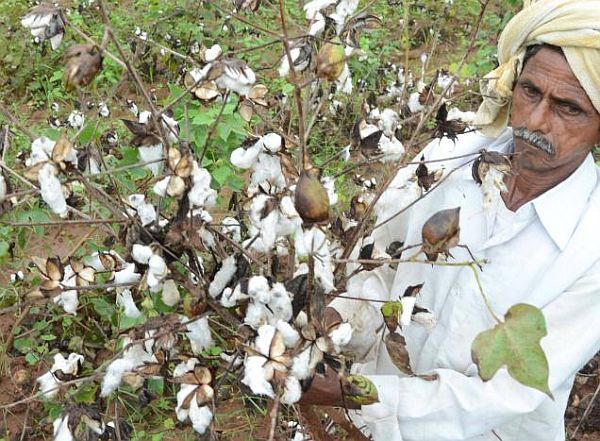
Image Source : TheHindu.Com
While farmers are looking forward to an adequate compensation from the centre and state governments, the government has either not attended to or have paid trivial amount as compensation. Last year, some farmers were granted compensation at a very low rate of Rs. 200 per acre while others received cheques worth Rs. 2.
This year, some states have decided to pay a minimum compensation of Rs. 500. Farmers have been seeking reforms in the formula used for calculating compensation.
Ice cream, soft drink businesses
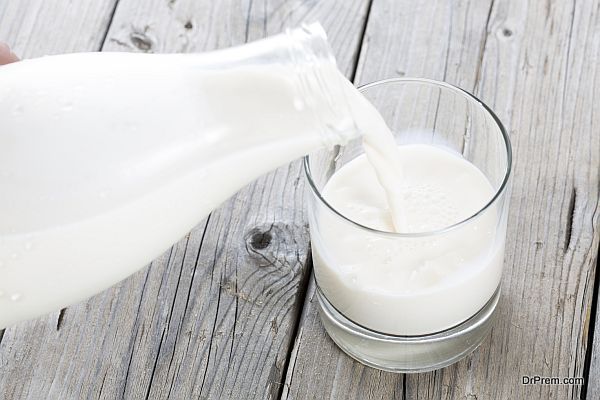
Not only food crops, but industries like ice cream, soft-drink, dairy products are expected to see a price hike. Consumption of these products goes high in summers, but this year, the industry is likely to face a shortage in supply of raw material such as mangoes, grapes, apples, etc., and hence, forced to increase the price. The soft drink industry in India is worth 14,000 crore, and 60 percent of their sales comes from the summer season.
A close call for RBI

Image Source : IndiaTvNews.Com
In wake of uncertain weather conditions, Reserve Bank of India is facing a dilemma over cutting interest rates. The market was already on toes with two interest rate cuts in last four months. Now, the unseasonal rains have raised risks of food inflation. The consumer price index for India grew to 5.37 percent from 5.19 percent in February.
All the reports are collected on the bases of damage done by unseasonal rains and hailstorms during February and March. Western disturbances still haunting northern states of India, the Indian Govt. needs to attend to issues of distressed farmers and prepare a backup plan in case situation worsens.



